 We often focus on heart health strategies during waking hours—exercising regularly, staying physically active, and eating nutritious meals. For instance, aerobic exercise strengthens the cardiovascular system by enhancing the heart's efficiency. With consistent training, the heart pumps blood more effectively, leading to benefits like increased left ventricle size, stronger contractions, and greater stroke volume. Similarly, limiting foods high in calories, saturated fats, and refined sugars helps reduce harmful byproducts like cholesterol, triglycerides, and excess sugar. But what about the hours we spend sleeping? Could your sleep habits be influencing your long-term heart health?
We often focus on heart health strategies during waking hours—exercising regularly, staying physically active, and eating nutritious meals. For instance, aerobic exercise strengthens the cardiovascular system by enhancing the heart's efficiency. With consistent training, the heart pumps blood more effectively, leading to benefits like increased left ventricle size, stronger contractions, and greater stroke volume. Similarly, limiting foods high in calories, saturated fats, and refined sugars helps reduce harmful byproducts like cholesterol, triglycerides, and excess sugar. But what about the hours we spend sleeping? Could your sleep habits be influencing your long-term heart health?
The Role of Sleep in Recovery:
Sleep plays a critical role in the recovery of muscles, tissues, and the central nervous system (CNS). During sleep, our brain cycles through non-rapid eye movement (NREM) and rapid eye movement (REM) stages, which are essential for overall recovery. A healthy sleep pattern also supports the body’s circadian rhythm—a natural, 24-hour cycle that regulates hormones, energy levels, and metabolic functions. For example, cortisol helps us wake up feeling energized, while melatonin prepares us for sleep as night approaches. Historically, circadian rhythms aligns with daylight, but modern lifestyles often disrupt these natural cycles.
Modern Sleep Challenges:
Today, many people work irregular schedules, leading to disrupted sleep patterns. In fact, about one in three adults struggles to get the recommended 7+ hours of quality, uninterrupted sleep each night. Without completing full sleep cycles, the CNS cannot fully recover, leaving the body in a heightened state of stress. This dysregulation affects hormones critical for the "rest and digest" functions, impairing recovery.
Consequences of Poor Sleep:
Chronic poor sleep impacts both mental and physical health. It diminishes cognitive function, causes fatigue, and can even lead to metabolic dysfunction. Sleep deprivation often results in less nutritious food choices, contributing to weight gain and a higher risk of obesity. Additionally, poor sleep disrupts metabolism, further compounding weight-related challenges.
Sleep and Heart Health:
Short sleep (<7 hours) has been linked to inefficient metabolism, reduced cognition, and low energy levels. It also keeps the body under prolonged stress, raising heart rate and blood pressure. Over time, these effects can harm cardiovascular health, increasing the risk of heart disease and cardiometabolic dysfunction. Combined with poor diet and low physical activity, chronic sleep issues heighten the likelihood of heart disease, diabetes, and vascular problems.
Tips for Better Sleep:
Improving your sleep environment and habits can significantly boost your sleep quality and heart health. Here are some actionable steps:
- Create a Sleep-Friendly Environment: Avoid screens emitting blue light before bed, reduce background noise, and keep your bedroom dark and cool.
- Time Your Activities: Avoid heavy exercise or large meals within three hours of bedtime.
- Stick to a Schedule: Consistent sleep and wake times help regulate your circadian rhythm.
- Exercise Regularly: Physical activity promotes better sleep quality.
- Optimize Your Diet: Eat nutritious meals and limit caffeine intake to 5–7 hours before bedtime.

If you’re struggling to establish healthy sleep habits, consider consulting a doctor or health coach for personalized guidance.



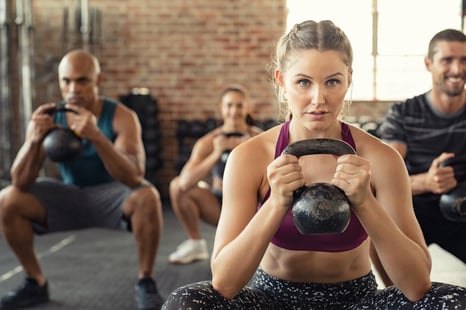 Functional training is an excellent approach for longevity and maintaining a healthy lifestyle and functioning body because it emphasizes movements that mimic activities of daily living, enhance flexibility, and improve overall mobility. In this blog, you will learn about the different functional exercises that can contribute to your longevity, along with their benefits and daily function.
Functional training is an excellent approach for longevity and maintaining a healthy lifestyle and functioning body because it emphasizes movements that mimic activities of daily living, enhance flexibility, and improve overall mobility. In this blog, you will learn about the different functional exercises that can contribute to your longevity, along with their benefits and daily function. 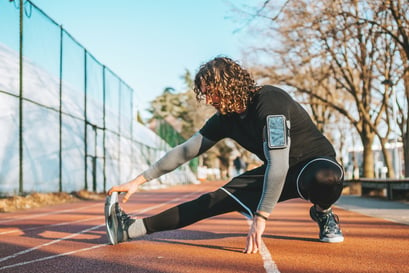 Everyone needs strong hips. Athletes need them to perform a wide variety of movements within a given sport. Aging adults need them to help reduce the risk of falls. When we think about the hip, most people think about the glutes and abductors. You can look in any gym and see a handful of people with a band around their knees performing a plethora of movements working the glutes and abductors. However, the most neglected muscle is the one on the inside of the thigh: the adductor.
Everyone needs strong hips. Athletes need them to perform a wide variety of movements within a given sport. Aging adults need them to help reduce the risk of falls. When we think about the hip, most people think about the glutes and abductors. You can look in any gym and see a handful of people with a band around their knees performing a plethora of movements working the glutes and abductors. However, the most neglected muscle is the one on the inside of the thigh: the adductor. 
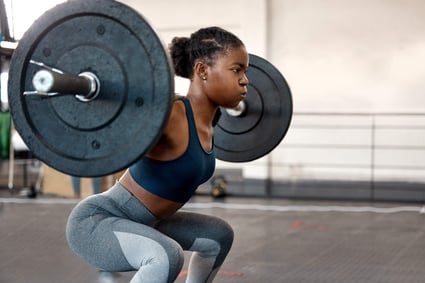 The
The 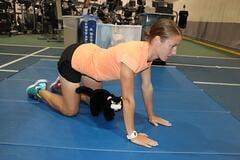
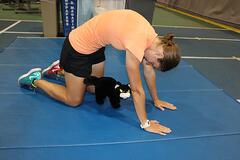
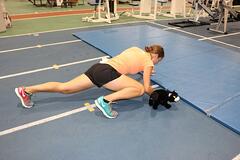
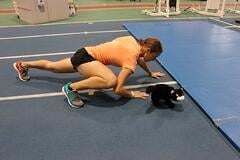
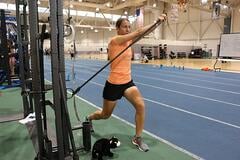
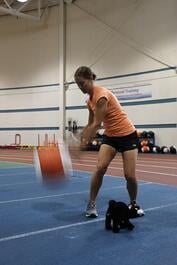
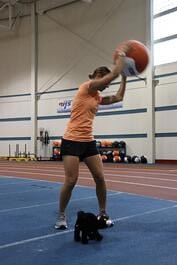
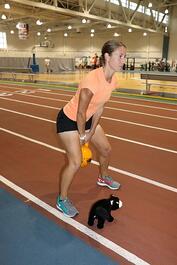
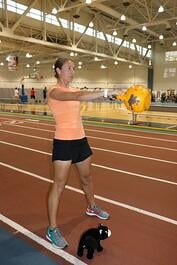
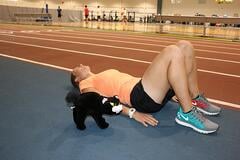
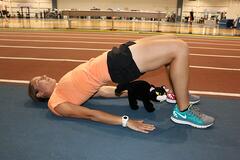

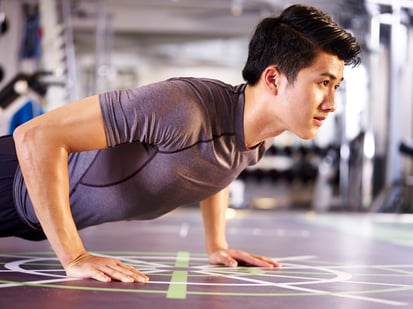 In my previous blogs I discussed the
In my previous blogs I discussed the